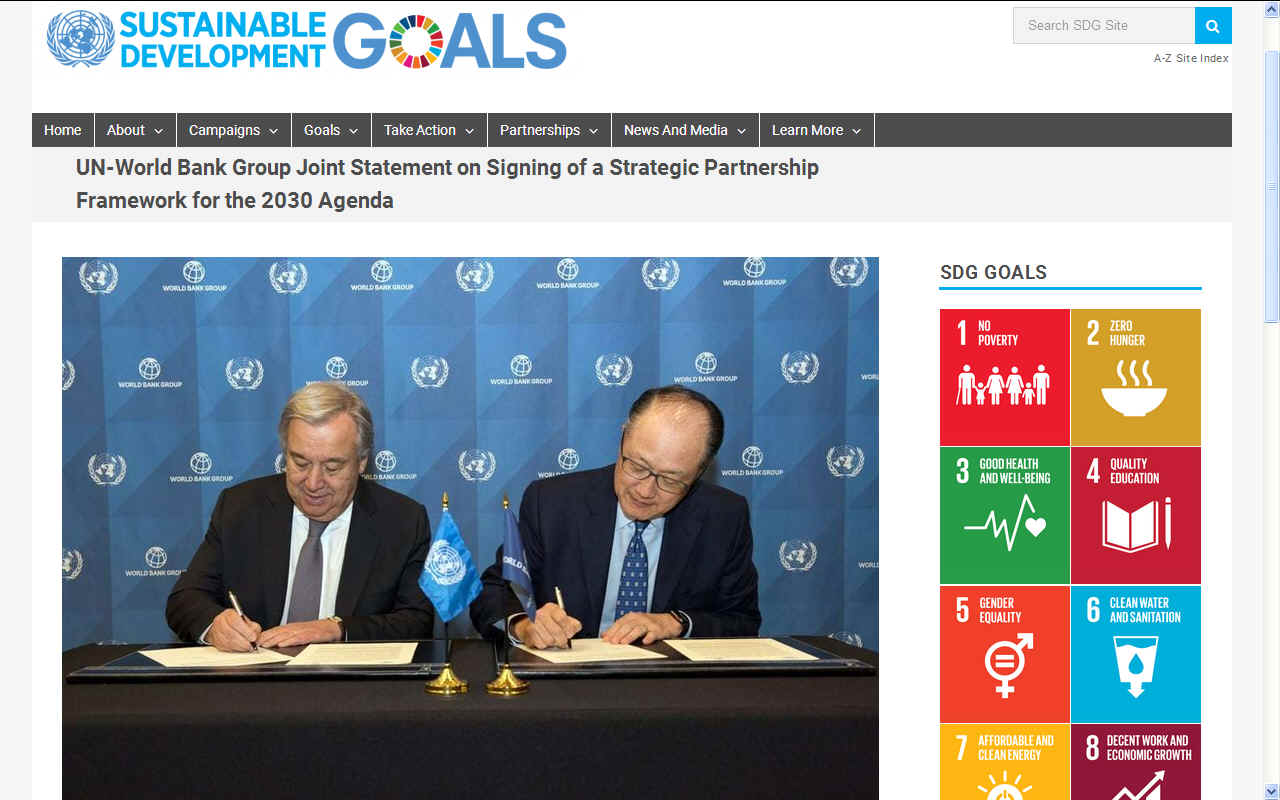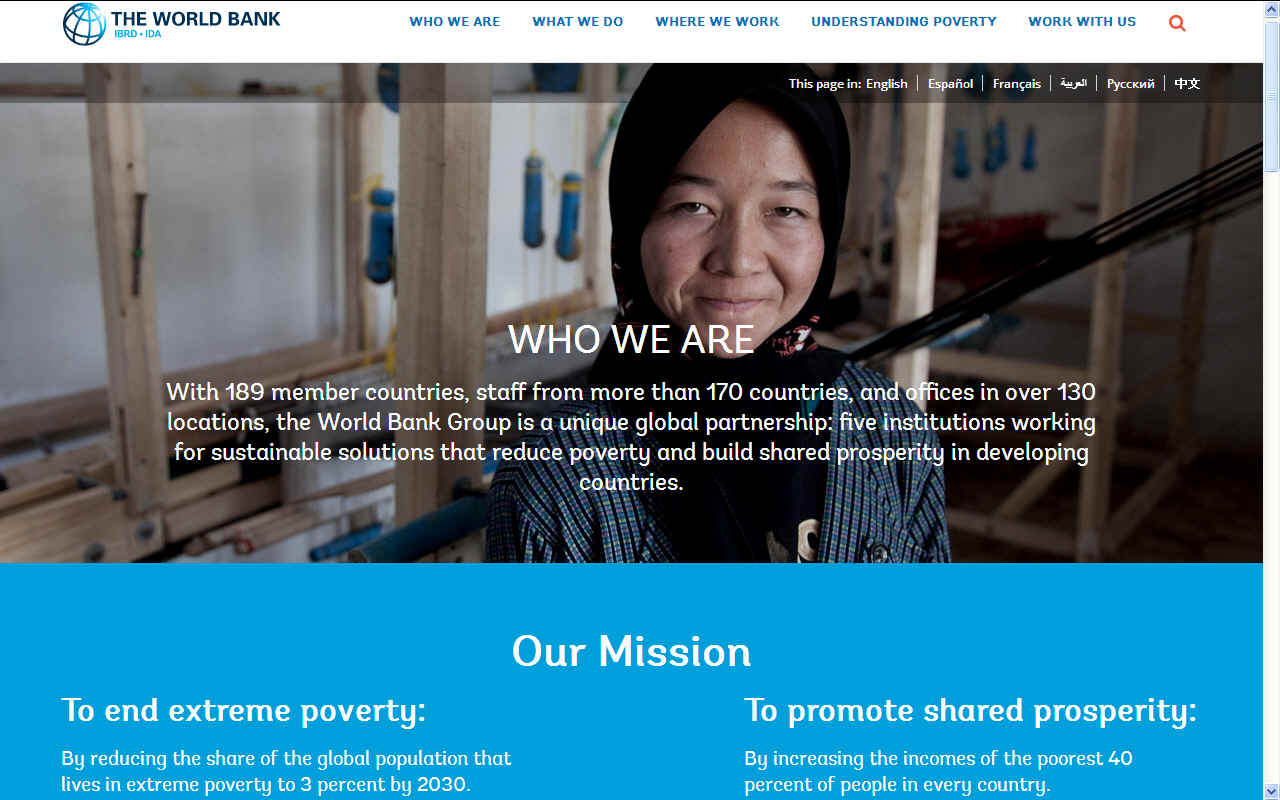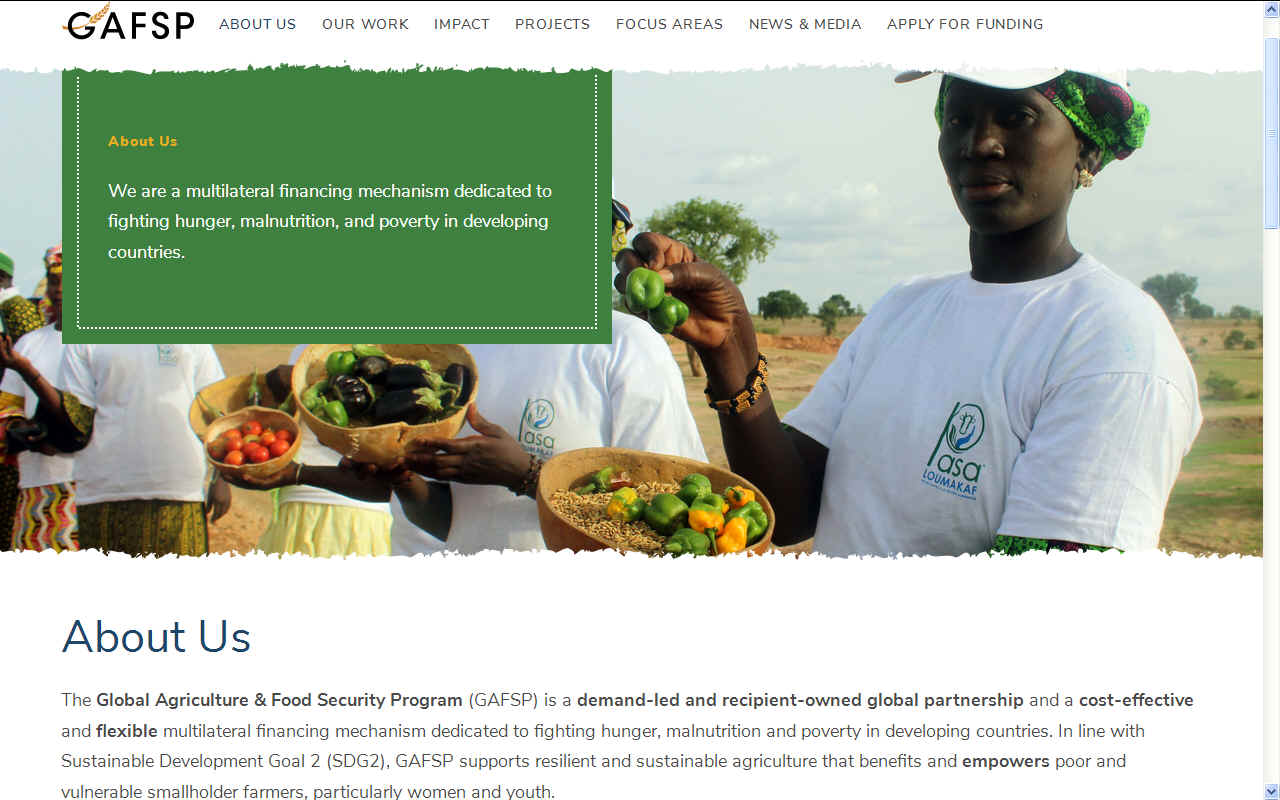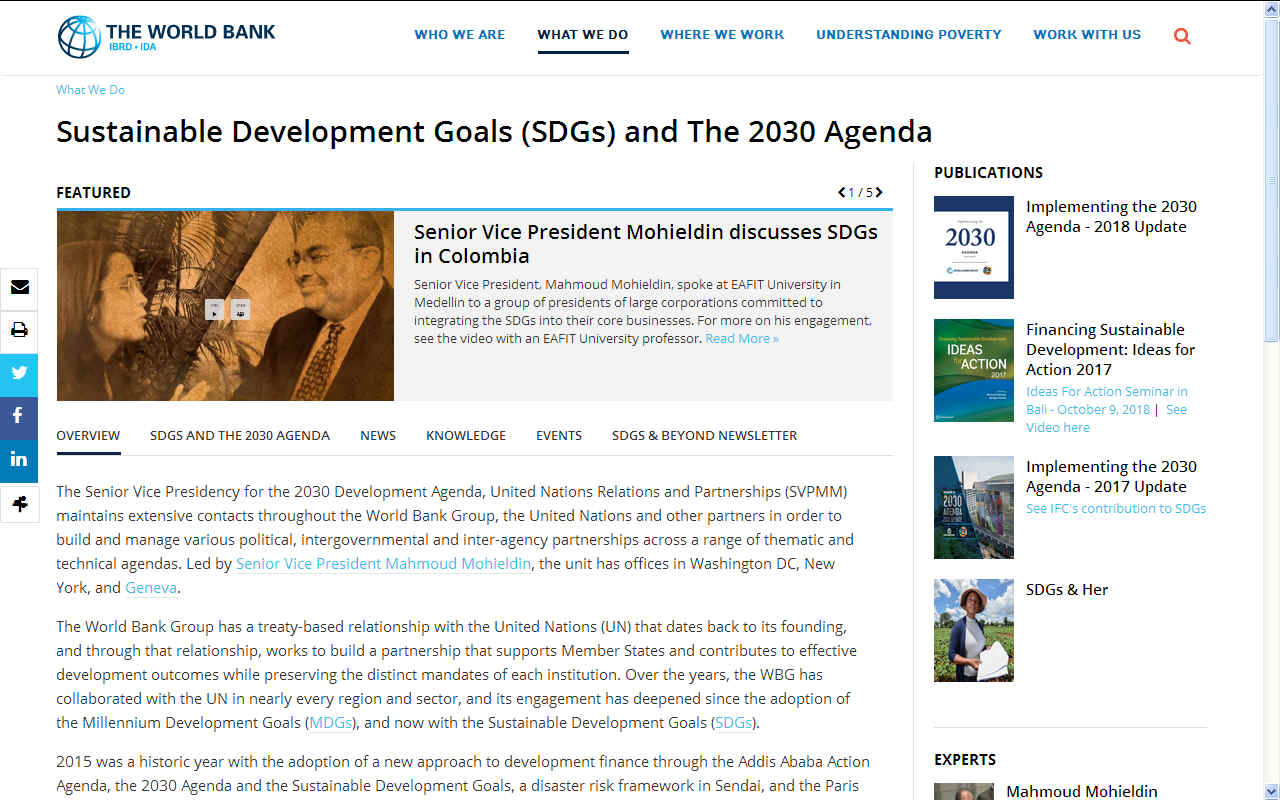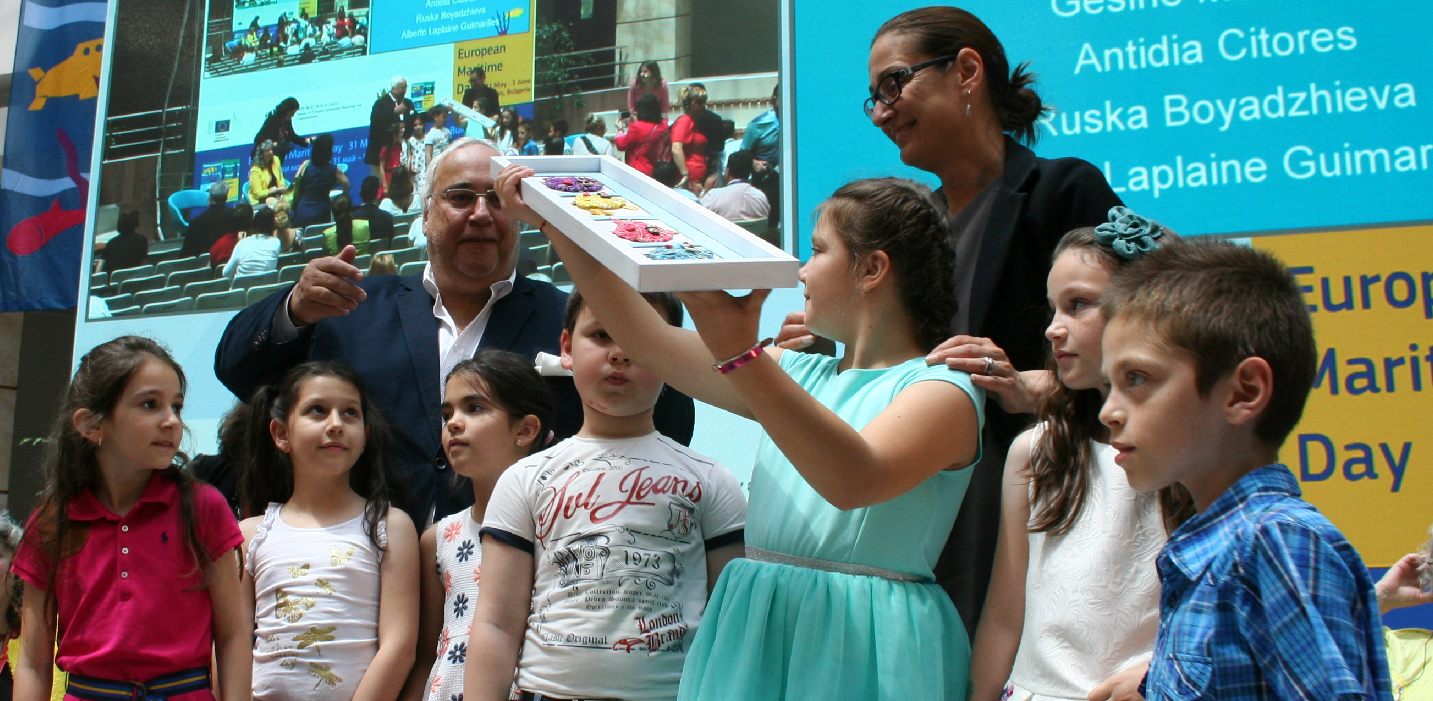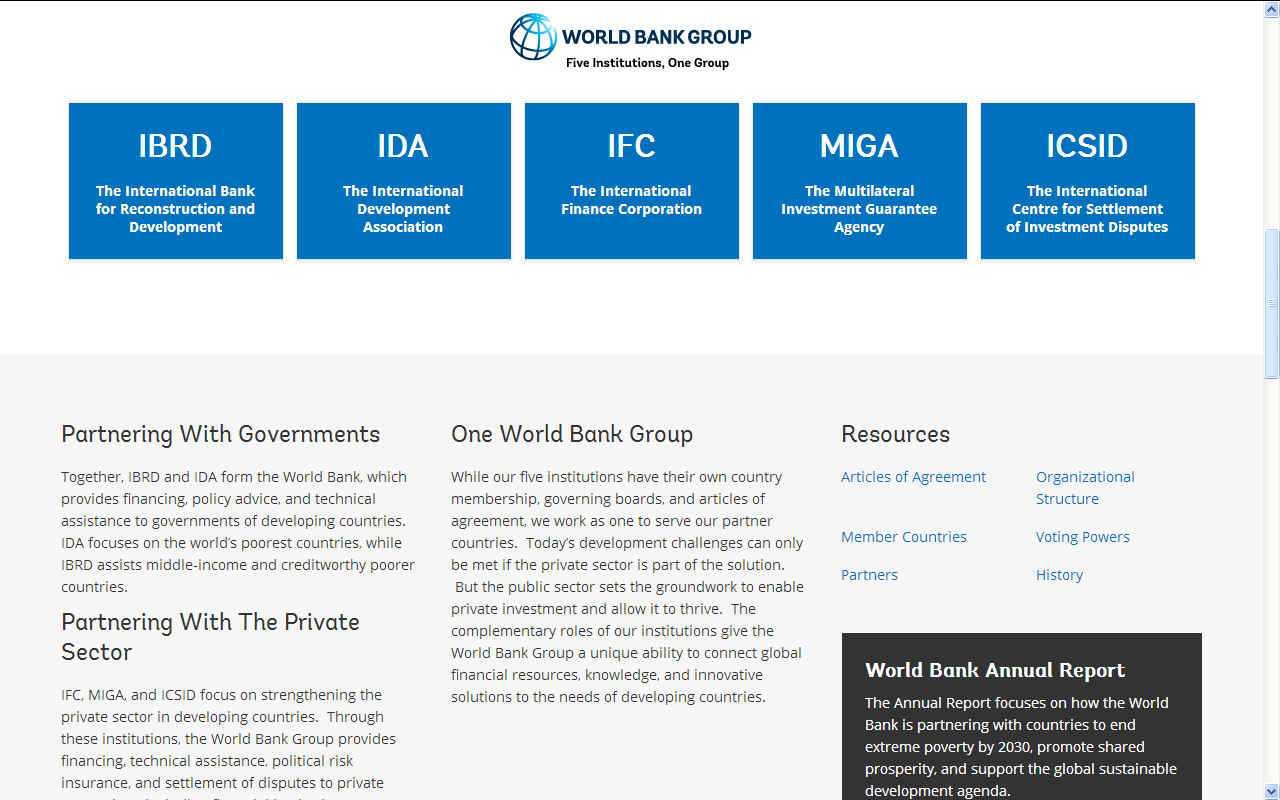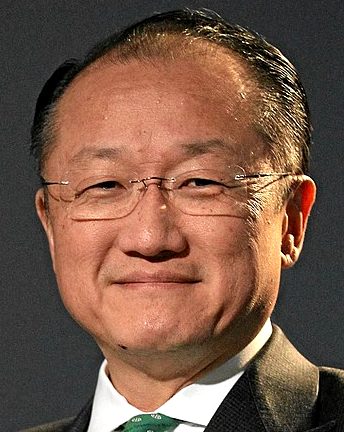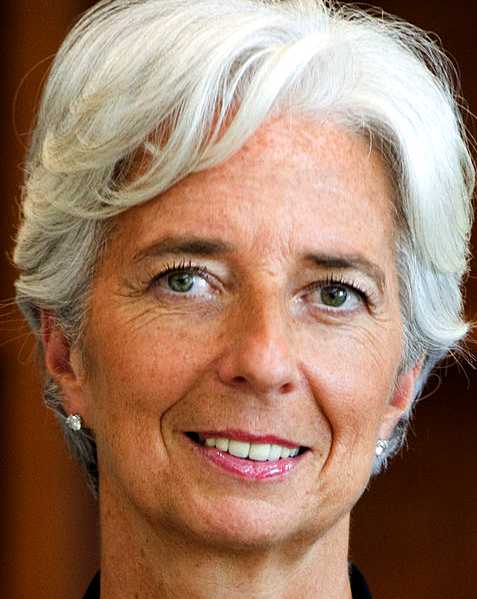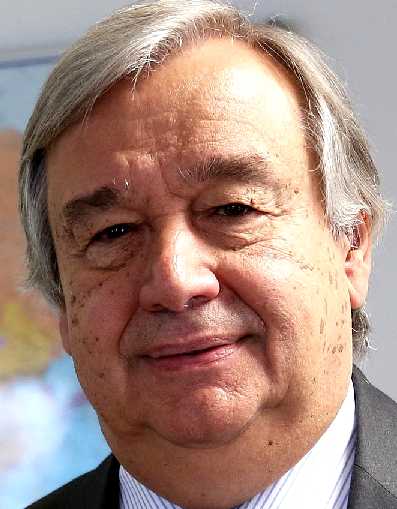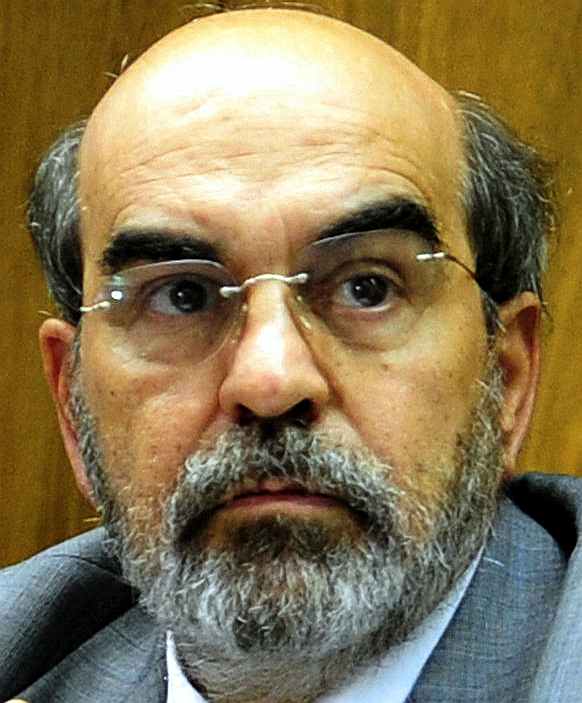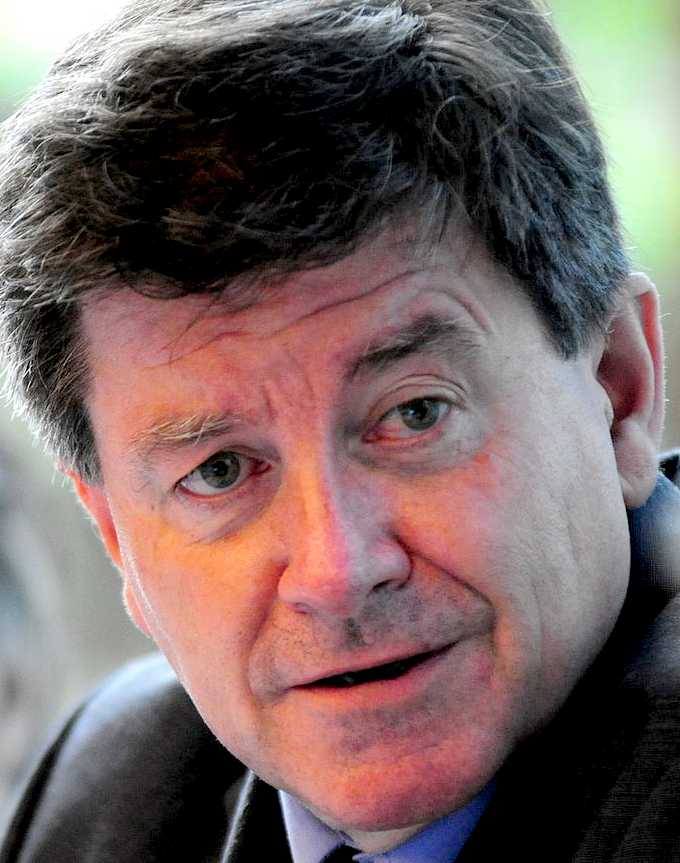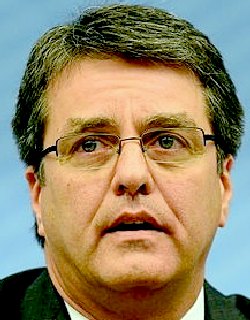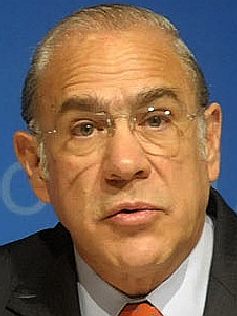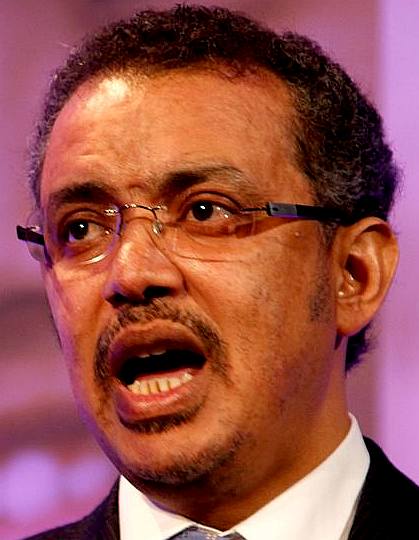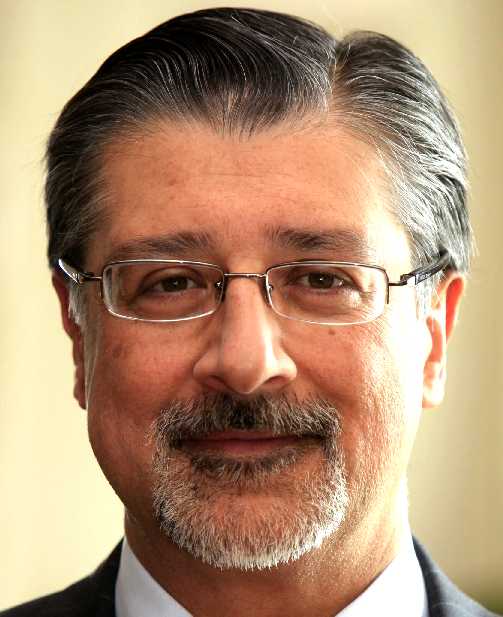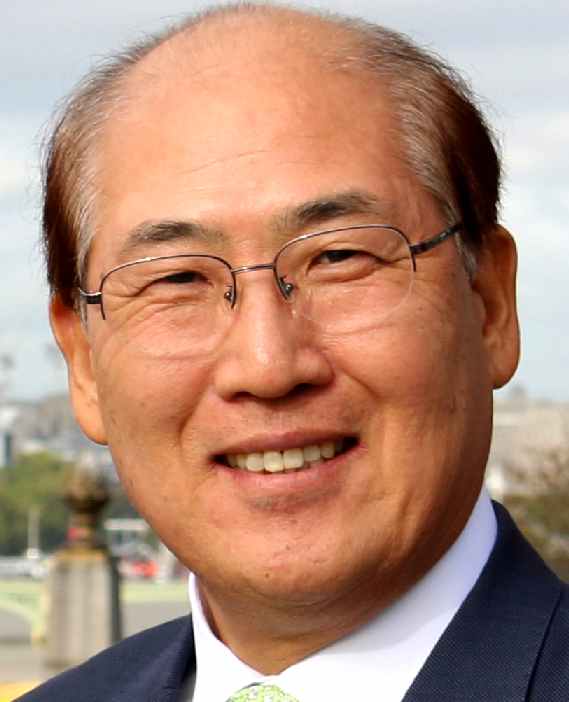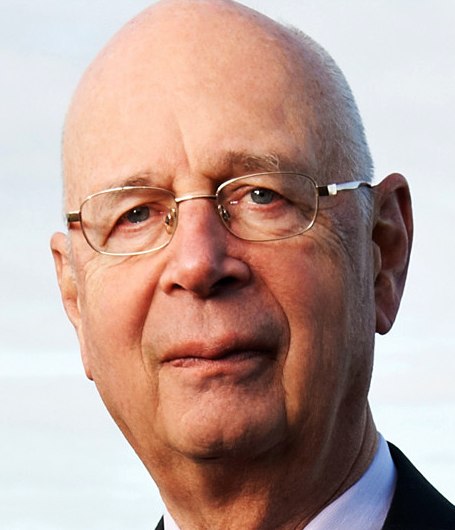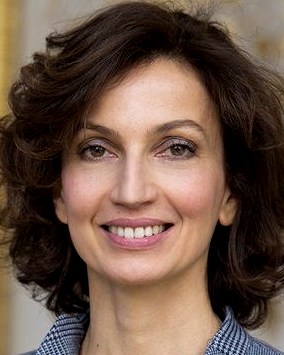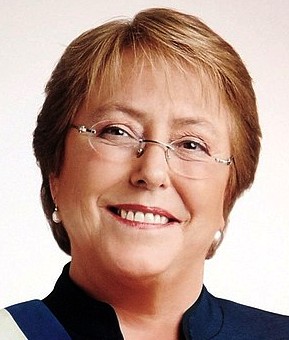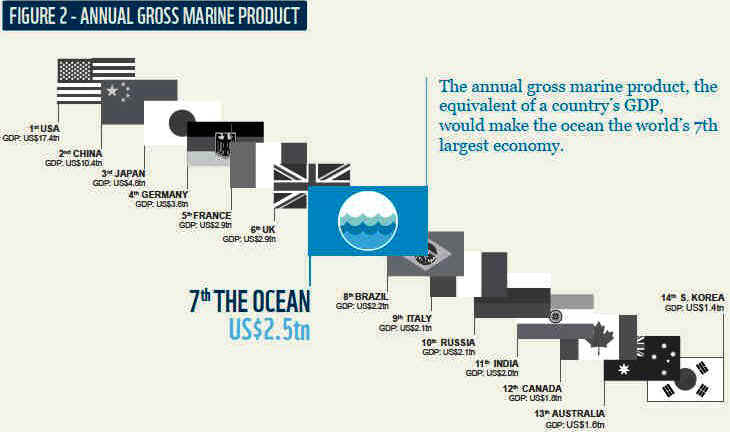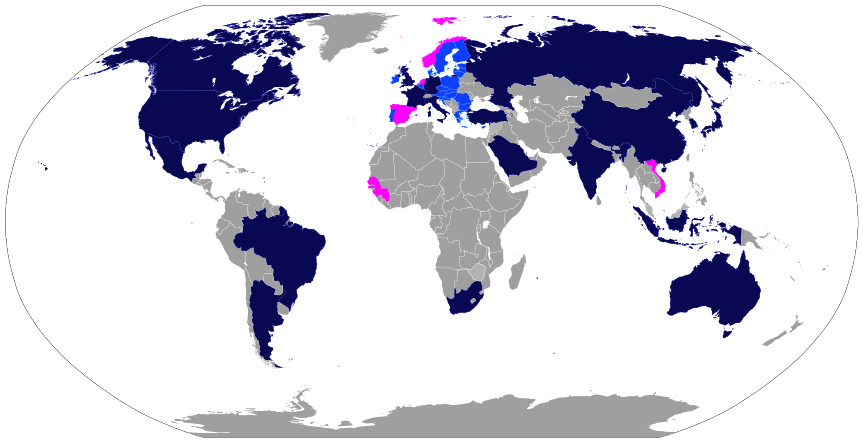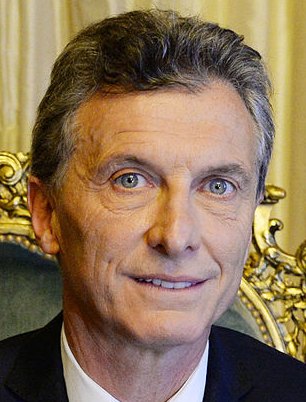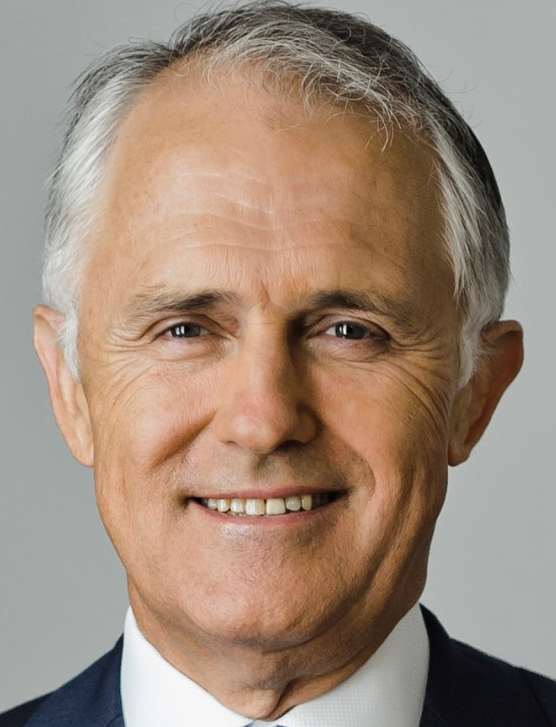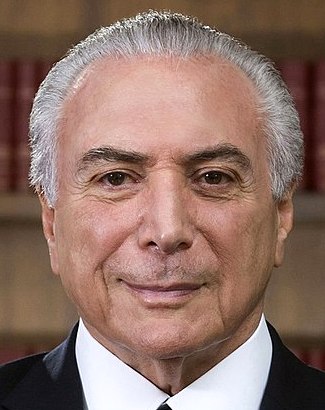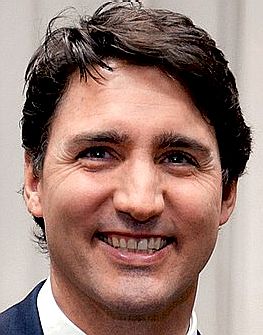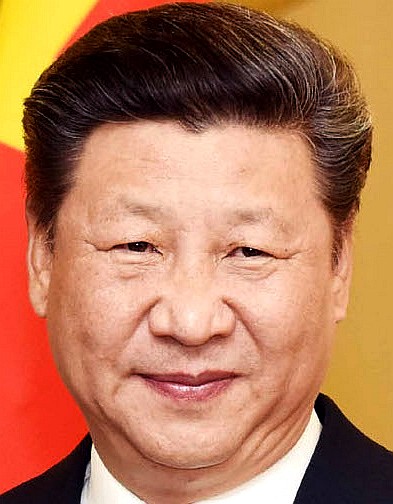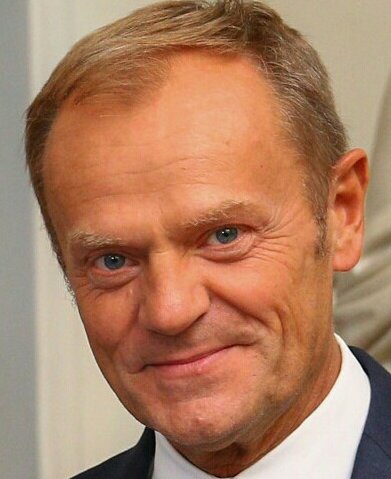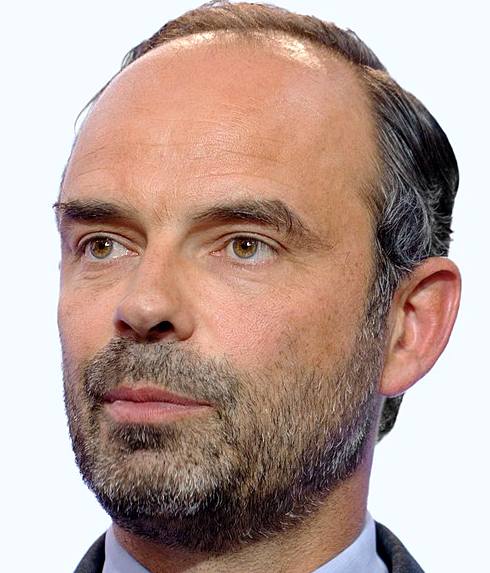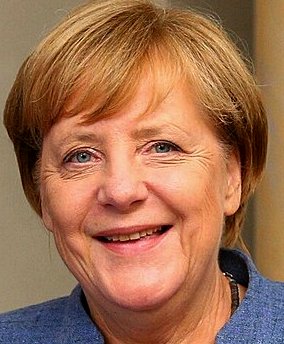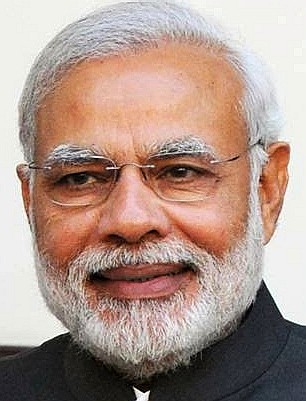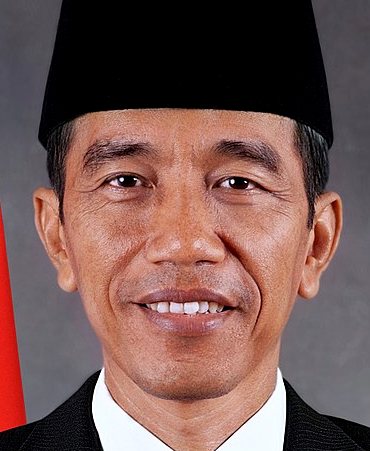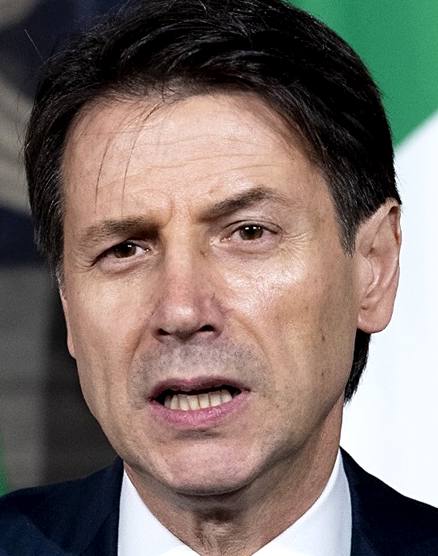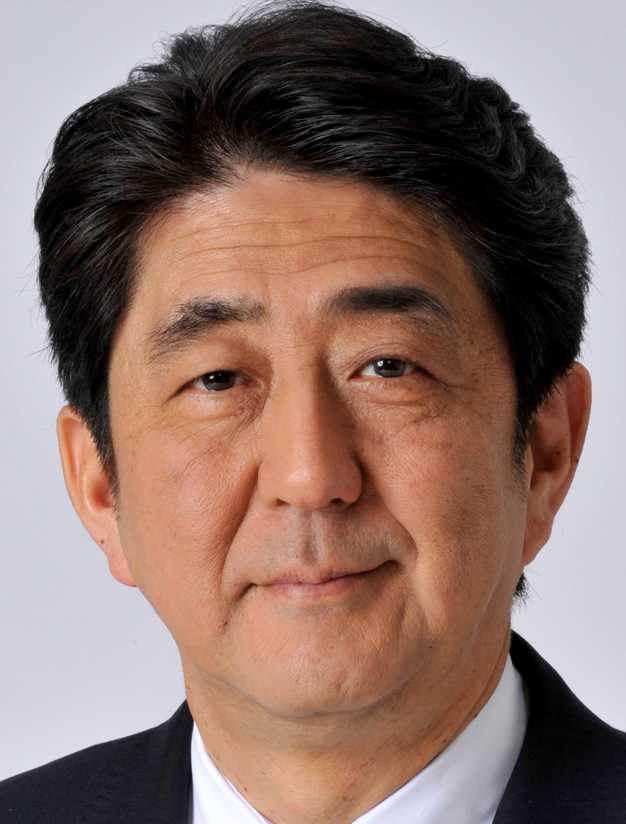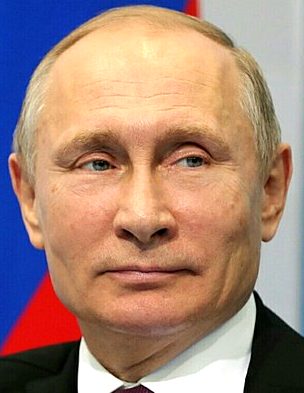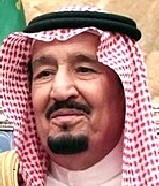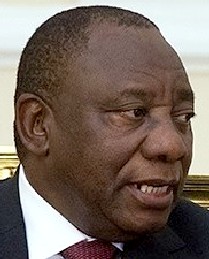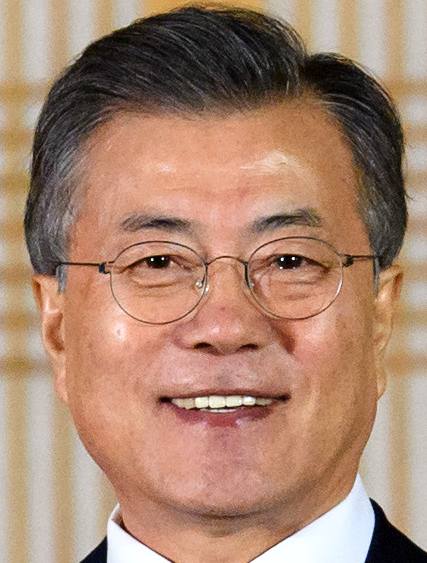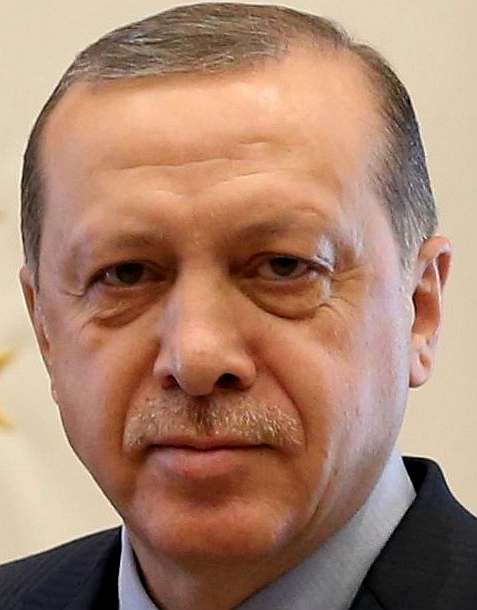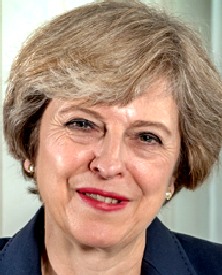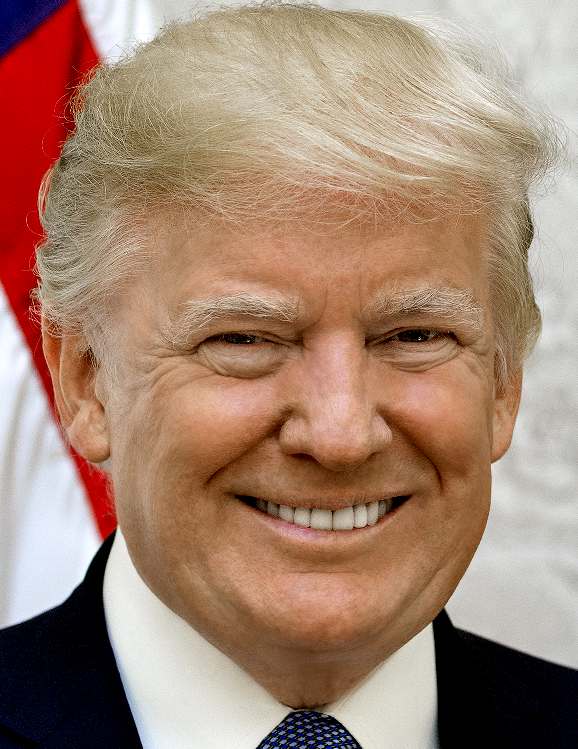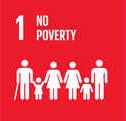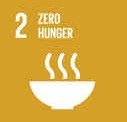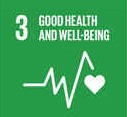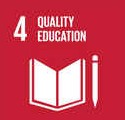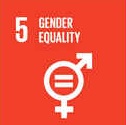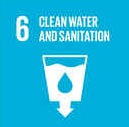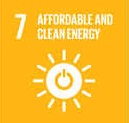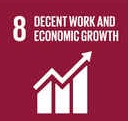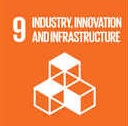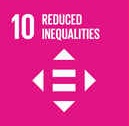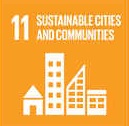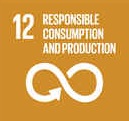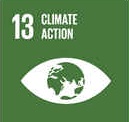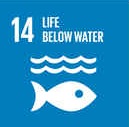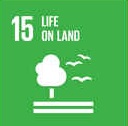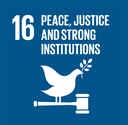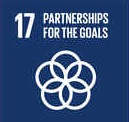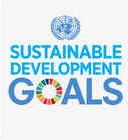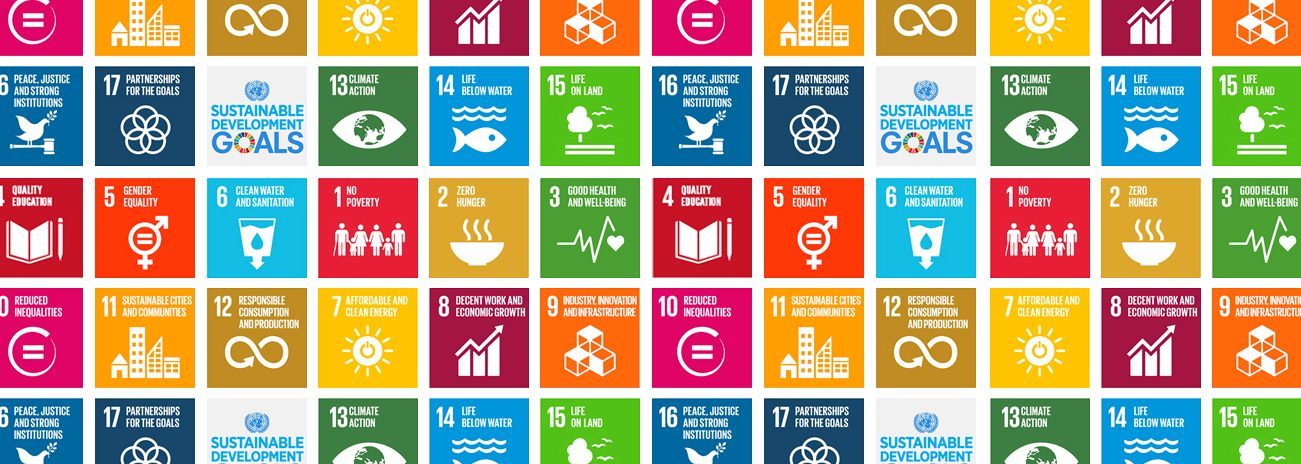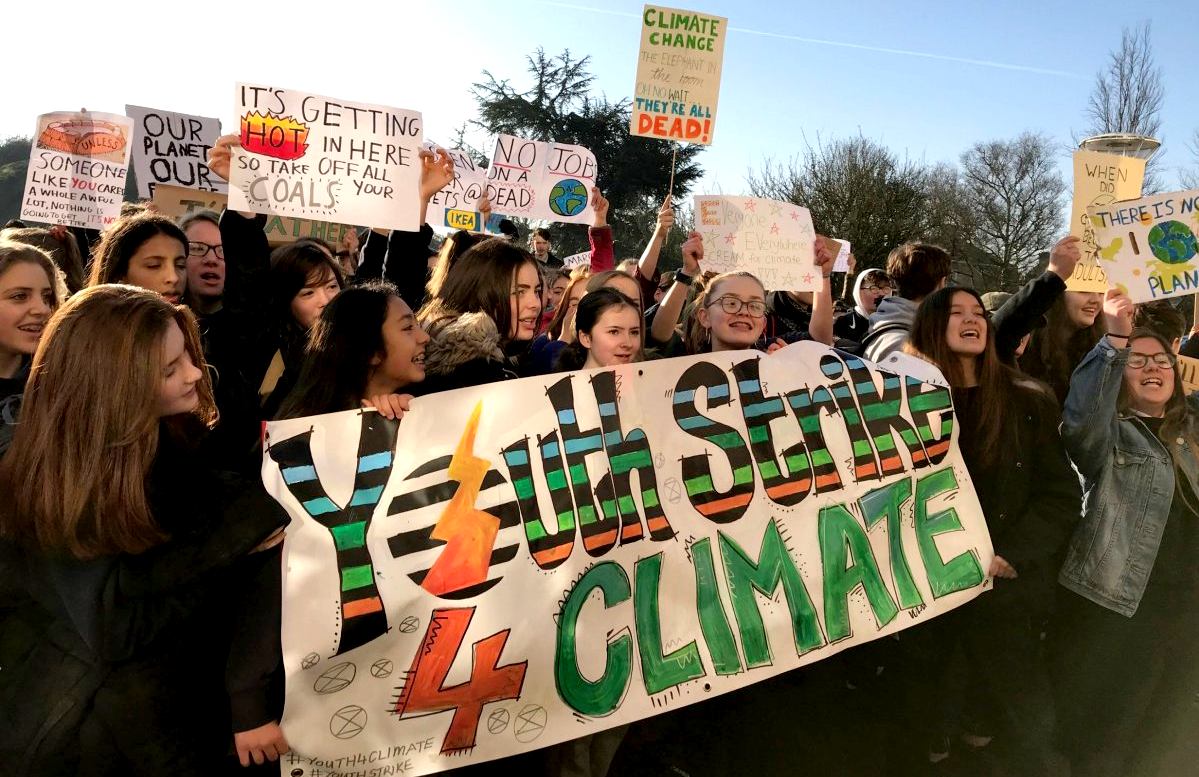|
WORLD BANK
CLIMATE | ELECTRICITY | RIGHTS | HYDROGEN | PLASTIC | SPACE | TRANSPORT | NATIONS
Please use our A-Z INDEX to navigate this site, or HOME
|
|||||||||||||||||||||||||||||||||||||||||||||||||||||||||||||||||||||||||||||||||||||||||||||||||||||||||||||||||||||||||||||||||||||||||||||||||||||||||||||||||||||||||||||||||||||||||||||
WASHINGTON
MAY 18 2018 – The United Nations and the World Bank Group today signed a Strategic Partnership Framework (SPF), which consolidates their joint commitment to cooperate in helping countries implement the 2030 Agenda for
Sustainable
Development.
Convening governments, financial institutions, private investors, and development banks to mobilize, coordinate, and deliver financing to help countries make the transition to a low-carbon, resilient future;
Improving national statistical systems and enhancing countries’ digital data capacities to improve implementation and maximize positive development impacts, and;
Expanding and deepening partnerships in policy development and advocacy, joint analysis and assessments, and program design and delivery.
The Strategic Partnership Framework recognises the existing mandates, strategies, and programs that each institution has in place, and their distinct capabilities and expertise to deliver on their responsibilities to Member States and shareholders. Technical teams of the United Nations and the World Bank Group will work together to ensure effective implementation of commitments assumed under the SPF. The leadership of the United Nations system and the World Bank Group will meet annually to review the partnership and take stock of results achieved.
There are a number of organizations that exist to promote world peace and societal projects for the good of mankind. These include the United Nations, the World Bank, the International Monetary Fund (IMF) and many smaller concerns that grant aid suitable projects. In addition there are incentives by most countries to promote clean energy and blue growth.
Each nation making such efforts may not know or rely on their own efforts such that a coordinated global attack on ocean pollution is the result - and that is what we hope world leaders will agree is needed for such an assault on the plastic that threatens to convert our oceans into a toxic poly-slurry.
Climate change threatens oceans via acid rains and changing ocean chemistry, where a blue growth solution favours zero carbon shipping being implemented almost immediately to cover lost ground quickly where former complacency is now replaced with urgency in climate terms.
The World Bank operates day-to-day under the leadership and direction of the president, management and senior staff, and the vice presidents in charge of Global Practices, Cross-Cutting Solutions Areas, regions, and functions.
THE WORLD BANK
The World Bank (French: Banque mondiale) is an international financial institution that provides loans to countries of the world for capital projects. It comprises two institutions: the International Bank for Reconstruction and Development (IBRD), and the International Development Association (IDA). The World Bank is a component of the World Bank Group.
The World Bank is an organization that could bank-roll a project like SeaNet, where there is no profit in cleaning a patch of ocean for your neighbours. In that there is no profit, the operations are not commercial, although at some stage when all of the costly development has been passed on to operators on a free basis, it may be possible for those operators to make a living from cleaning the oceans based on the value of plastic recovered for recycling.
GREAT INFOGRAPHIC - But nothing about the Blue Economy on their website. We are concerned about Fisheries, Waste Management, Climate Chance and Maritime Transport.
A Blue Bond is a debt instrument issued by governments, development banks or others to raise capital from impact investors to finance marine and ocean-based projects that have positive environmental, economic and climate benefits. The blue bond is inspired by the green bond concept, which people are more familiar with.
THE
GUARDIAN SEPTEMBER
2019
- A coalition of Pacific island nations wants to raise $500m (£400m) to make all
shipping in the
Pacific Ocean
zero carbon by the middle of the century.
NO OCEAN CLEANUP POLICY OR SOCIAL FUNDING
According to their website when viewed in June 2019, the World Bank has no ocean waste management policies or fund, even where a food shift from land to ocean is inevitable with population growth, failing agriculture and fisheries at risk as to toxic plastic. They did though produce a great graphic - but we wonder why?
DEVELOPMENT FINANCE - TRUST FUNDS and PARTNER RELATIONS
Most
Financial Intermediary Funds (FIFs) have supported global programs often focused on the provision of global public goods, preventing communicable diseases, responses to climate change, and food security.
Millions of poor and vulnerable people around the world will directly benefit from GAFSP’s continued commitment and support. GAFSP looks to engage other donors and stakeholders in this important initiative.
Trust funds and partnerships are important tools to help the World Bank Group adapt to a fast-changing development finance landscape. Partnership programs are increasingly used to engage nongovernmental and private sector partners and link their knowledge and financing to the Bank Group’s capacity to deliver solutions in client countries.
Trust funds and partnership programs serve as a complement to IDA and IBRD financing. ( Fact Sheet on World Bank Trust Funds
DFi is responsible for creating and disseminating the policies and business processes of trust funds and partnership programs, as well as serving as trustee of large global funds, known as financial intermediary funds.
The unit helps develop and manage the Bank’s partnership and trust fund business operations by serving as a liaison between external and internal clients on strategy, policy, program management, and best practices. DFi also facilitates the establishment of trust funds.
DFi manages the World Bank’s role as trustee of FIFs. This entails providing financial services including receiving, holding and investing contributed funds, and transferring them when instructed by the FIF governing body. Under some FIFs, the Bank also provides customized treasury management or other agreed financial services. FIF trusteeship does not involve overseeing or supervising the use of funds.
DFi serves as trustee for more than 20 of the largest multilateral trust funds managed by the Bank, including the Global Environment Facility (GEF), the Climate Investment Funds, HIPC Debt Initiative, the Consultative Group on International Agricultural Research, the International Finance Facility for Immunisation, and the Global Fund to Fight Aids, Tuberculosis and Malaria (GFATM).
The unit is also responsible for cross-sectoral programmatic trust funds, including the Policy and Human Resource Development (PHRD), the Japan Social Development Funds (JSDF), the Avian and Human Influenza Facility (AHI), and the Bank-Netherlands Partnership Program (BNPP).
In the area of partner relations, DFi helps maximize resources mobilized from traditional and new development partners. The unit leads high-level strategic consultations between the World Bank Group and its development partners. Through these consultations, DFi supports identification of shared development priorities and understanding of the opportunities presented by various World Bank Group funding channels. DFi also facilitates coordination among World Bank business units by providing early and regular reporting on fundraising activities.
GLOBAL AGRICULTURE & FOOD SECURITY PROGRAM (GAFSP) - is a Financial Intermediary Fund, and the Coordination Unit is housed at the World Bank. They work in partnership with these Supervising Entities: African Development Bank (AfDB), Asian Development Bank (ADB), Food and Agriculture Organization (FAO), Inter-American Development Bank (IDB), International Fund for Agricultural Development (IFAD), World Bank, and World Food Programme (WFP). The Private Sector Window is managed by the International Finance Corporation (IFC).
WB CONTACTS
1818 H Street, NW Washington, DC 20433 USA
World Bank Group: Morgan Graham, +1 (202) 458-7097, mgraham2@worldbankgroup.org
UN
SDGs – The Senior Vice Presidency for the 2030 Development Agenda, United Nations Relations and Partnerships (SVPMM) maintains extensive contacts throughout the World Bank Group, the United Nations and other partners in order to build and manage various political, intergovernmental and inter-agency partnerships across a range of thematic and technical agendas. Led by Senior Vice President Mahmoud Mohieldin, the unit has offices in Washington DC, New York, and Geneva.
THE PLASTIC MENACE
One of the main issues to recognise and overcome is not taking plastic out of the ocean, but cutting through umpteen levels of bureaucracy, multiplied by 20 countries. We would spend more time negotiating with each country to get the bureaucrats to agree on levels of contribution, then on how to deal with the problem, than actually dealing with the problem.
One possible solution that we are here proposing is to create an Ocean Alliance against plastic, specifically to target the build up of associated problems for our next generations and cut through the red tape to get to the blue tape.
By coordinating world efforts cost effectively we may speed up the development of potential solutions. Administrative delays are the enemy of progress, only normally cut through in times of war.
This is a proposal that is designed to reduce the cost of our administration, where applying for grants from different groups is sapping our efforts. This is because most application processes are complicated and time consuming, with significant delays between calls and funding - and of course - no guarantee of success. We might skip over much of the red-tape by asking countries directly for contributions for membership to an Ocean Alliance. We call this our blue tape method.
FOR OUR CHILDREN - The children of Burgas at European Maritime Day present Alberto Laplaine Guimarães with a gift from the Bulgarian City. Sustainable growth and aims for a circular economy are for our children and their children, and their children, and their children - lest we forget why we are working to clean our act up. As trustees of planet earth we should hand the world to our successors in better shape than we found it. Copyright © photograph June 1 2018 Cleaner Ocean Foundation.
We share one ocean and one planet. We may care to think otherwise, but in the greatest technical challenge we have yet faced as brothers and sisters of planet earth there are no borders. What neighbor countries trash today is your pollution problem tomorrow, and what you fail to clean up today as responsible parents is our children's legacy for generations to come.
With plastic being a toxin carrier and bio-amplifier in the food chain, we can expect that people ingesting fish exposed to marine plastic will be that much more likely to suffer cancer related problems in life, with follow on costs to the health services of contributor nations.
The unique quality of humans is our ability to reason and be reasonable. Provided that the main industrial players in the world accept that plastic production and usage is linked to Gross Domestic Product, it is reasonable to expect that those with most to gain from ocean research and regeneration might want to contribute what they can afford.
We know that world leaders will consider it unfair if they are asked to contribute more than other nations, but would also expect that each nations should match fund any coordinated efforts of this nature. Funding need only continue until SeaVax reaches break even point, at which stage members might expect to benefit from ongoing operations without any cost of membership attaching if they elect to operate their own fleets on a free-license basis.
OCEAN ACTION PLAN
The World needs an Ocean Action Plan to coordinate the efforts of member nations that in turn will benefit each other as the oceans move from one shoreline to the shores of a neighbor country. To help us develop an international strategy we need to generate sufficient funds to effectively make headway, estimated to be in the region of $10 million dollars to develop a SeaVax prototype. Follow on expenses, or pledges of ongoing support should be included to cover the cost of helping contributing nations to set up fleets of ocean cleaning boats - and running them in a network or pattern that stands the best chance of regenerating our oceans. We anticipate it will take around three years to get things moving.
The World Bank is like a cooperative, made up of 189 member countries. These member countries, or shareholders, are represented by a Board of Governors, who are the ultimate policymakers at the World Bank. Generally, the governors are member countries' ministers of finance or ministers of development. They meet once a year at the Annual Meetings of the Boards of Governors of the World Bank Group and the International Monetary Fund.
The governors delegate specific duties to 25 Executive Directors, who work on-site at the Bank. The five largest shareholders appoint an executive director, while other member countries are represented by elected executive directors.
World Bank Group President Jim Yong Kim chairs meetings of the Boards of Directors and is responsible for overall management of the Bank. The President is selected by the Board of Executive Directors for a five-year, renewable term.
The Executive Directors make up the Boards of Directors of the World Bank. They normally meet at least twice a week to oversee the Bank's business, including approval of loans and guarantees, new policies, the administrative budget, country assistance strategies and borrowing and financial decisions.
PROPOSED ACTION PLAN IN BRIEF
An Action Plan will involve coordinated research, communications and operations designed to tackle marine plastic, working with other organizations and academics who are committed to such development, to make people aware of the dangers of plastic pollution and the need to review packaging policies.
An Action Plan will involve:
1. Developing ocean cleaning vessels and a central hub to coordinate plastic recovery missions and recycling.
2. Incorporate an awareness campaign to target young and old, to promote responsible use of plastics.
3. Lobbying Governments and Corporations for a rethink on product packaging design and recycling.
4. Collecting grants, accounting for and end of year reporting on progress to Ocean Alliance members.
5. As appropriate and to be agreed by members, winding down the 'Alliance' and handing operations over to individual nations or other international bodies once the plastic menace is averted.
World Oceans Anti-plastic Alliance (WOAA) Cleaner Ocean Foundation Ltd Solar Studios (Solar House) BN271RF United Kingdom.
Tel/Fax: 0044 1323 831727 Email: growth @ blue-growth . org
INTERNATIONAL ORGANIZATIONS 2018
TIMESCALE EXAMPLE
If (for example) world leaders could agree to contribute within 12 months from July 2018, it would take around three years from that Agreement to get things moving and produce a SeaVax prototype - assuming cooperation from all members of such an Alliance.
From a point in time where a SeaVax (type) prototype was deemed sufficiently proven to go into production, it would take five AmphiMax portable boatyards to produce 8 SeaVax units a year each (@ six week assembly time) that could launch 40 SeaVax ships collectively. If this formula were used as a guide, it would take 3 years to complete a proposed fleet of 120 SeaVax (type) vessels for the Indian Ocean, without clogging up that nation’s shipyards.
A similar plan would proceed in tandem for the Atlantic and Pacific oceans, meaning that within 3 years a global fleet of 360 ocean dustcarts could be operational.
It would then take an estimated five years to make an impact on fish stocks - as in stabilization - and within 10 years we might reasonably anticipate a percentage recovery of roughly 0.5% a year, meaning that it would take 96 years for our ocean fish stocks to recover to 1970 levels, by 2114. This assumes parallel action to tackle climate change and international bans on single use plastic, or better recycling rates on land.
REDUCING RECOVERY TIME
The only way to improve on the 2114 figure would be to operate more SeaVax vessels:
SeaVax x 720 = 48 years
SeaVax x 1440 = 24 years
This is on the assumption that filtration time does not reach total waste absorption, which is likely at some point even at 360 SeaVax vessels.
ECONOMICS
The blue economy is said to be valued at $24 trillion in total* (USD). According to the UN Food and Agriculture Organization (FAO), the world production of fish in 2005 consisted of 93.2 million tonnes captured by commercial fishing in wild fisheries. The number of individual fish caught in the wild has been estimated at up to 2.7 trillion per year.
Of this the net value = 93.2m x 6668* ($/ave/tonne) = $621,457,600,000.00
Divide this up by the area of our oceans (344.8m km2): $ 1,802,371,230 per million square kilometers. Hence:
It is as yet not possible to suggest a rate of ocean recovery with any accuracy, as insufficient data exists. But, if we were to aim for just 1/10th of one percent for ocean recovery per annum, this would give us a return of $621,457,600 million ($.6.2m) in dollar value in terms of fish yield recovery per year.
In ten years that equates to: $6,214,576,000 ($6.2b) and so on.
On top of that we should add the value of the recovered plastic, and on top of that the fact that toxin levels should drop dramatically in terms of bio-accumulation, making fish safe to eat once more.
WHAT THEN IS THE COST OF THE FLEET ?
A
SeaVax could in theory
pay for itself in five years based on a target cost for a production
SeaVax as being $6.56 million dollars and a return rate of $0.39 cents
per kilogram for recovered ocean plastic, where clean recycled plastic
can reach as much as $0.80 cents per kilogram on the open market,
variable.
For all the oceans at the lowest suggested level of operations we would need around 360 SeaVax vessels (or equivalent) taking the bill to $2.361 billion for a $0.621 billion annual return - hence: 3.8 years until it would be possible to achieve a break even point in $dollar terms.
Cleaner Ocean Foundation offers that this would be a small price to pay for tending to an issue that a few years ago the Global Ocean Commission could offer no potential solutions for. This is our vision for a better aquatic world. The Cleaner Ocean Foundation invite you to share that vision in joining WOAA: the proposed World Ocean Anti-plastic Alliance.
*Estimated
ONE WORLD ONE OCEAN - In the role of guardians of your geographical regions, there is also a responsibility to develop the blue economy for the international circular economies that a sustainable society requires if we are not to burn planet earth out. We are concerned about the state of the ocean and deteriorating trends, and recognise that the ocean economy is a last chance to reconfigure extraction, production and consumption to ensure that social and economic development respects the planetary boundaries, the integrity of ecosystems to maintain their productivity, and the principles of sustainable development as expressed in the UN Sustainable Development Goals, notably SDG14.
THE G20 HEADS OF STATE 2018
LINKS & REFERENCE
https://www.theguardian.com/environment/2019/sep/24/pacific-islands-seek-500m-ocean-shipping-zero-carbon https://www.worldbank.org/en/news/feature/2018/10/29/sovereign-blue-bond-issuance-frequently-asked-questions http://www.worldbank.org/en/who-we-are http://www.unmillenniumproject.org/goals/ http://www.worldbank.org/en/about/people/m/mahmoud-mohieldin http://www.worldbank.org/en/programs/sdgs-2030-agenda https://en.wikipedia.org/wiki/2017_G20_Hamburg_summit http://www.g20-insights.org/policy_briefs/sustainable-ocean-economy-innovation-growth-g20-initiative-7th-largest-economy-world/
|
|||||||||||||||||||||||||||||||||||||||||||||||||||||||||||||||||||||||||||||||||||||||||||||||||||||||||||||||||||||||||||||||||||||||||||||||||||||||||||||||||||||||||||||||||||||||||||||
|
This website is provided on a free basis as a public information service. Copyright © Cleaner Oceans Foundation Ltd (COFL) (Company No: 4674774) 2019. Solar Studios, BN271RF, United Kingdom. COFL is a charity without share capital.
|
